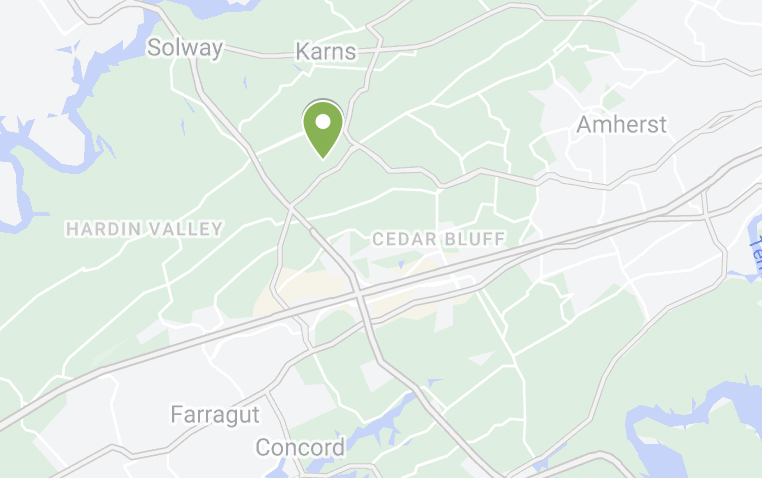Case Study 1
Bringing the needs of other species into alignment with the human desire for aesthetic fulfillment.
This site is situated within a suburban neighborhood in Cedar Bluff in Knoxville, TN. The client called us with a significant stormwater management issue that had become more problematic during the two years prior. We decided to resolve this matter by correcting the grade of the ground bear the house and adding a dry creek bed. We chose a plant pallette that would replicate woodland edge along a creek.

This client called us to address a flooding issue along the foundation of their house. Heavy rain sent surging floodwater directly into the home’s crawlspace, threatening to compromise the home’s foundation and increasing the chance of mold. With the home’s foundation breached and soaking in stormwater, pooling was an additional threat in nearby land depressions.
In order to resolve the water flow, we considered three different possible solutions: a sedge filled bio-swale ending in a rain garden, a dry creek bed ending in a rain garden, and either of those options without the rain garden. Our client chose the implement a dry creek bed without a rain garden. This option would provide an aesthetic element to address the water flow, but it could also be accomplished within the client’s budget as we cut out the rain garden and postponed the herbaceous layer of the design for a later date. We chose sedges and shrubs that are common for this kind of environment, including cherokee sedge (Carex cherokeensis), summersweet (Clethra alnifolia), dwarf fothergilla (Fothergilla gardenii), and winterberry holly (Ilex verticillata).
After digging the swale and gently regrading the ground away from the house, we planted sedges to wrap around the edges of the dry creek bed. We placed plants along the creek bed which will eventually colonize and further shade the area.
Weeks after installation, the plants begin to take root. Within the first year, sedges begin to form a dense ground layer, and the shrubs have leafed out proudly as they settle into their place. After observing the dry creek bed through several rains, we realized we would have to edit the offshoot that ran to the door because the flow of water had the tendency to back flow toward the crawlspace entry. We resolved this by placing a discreet berm where the offshoot meets the main stream.